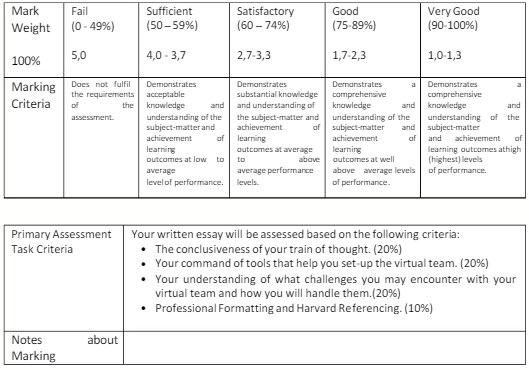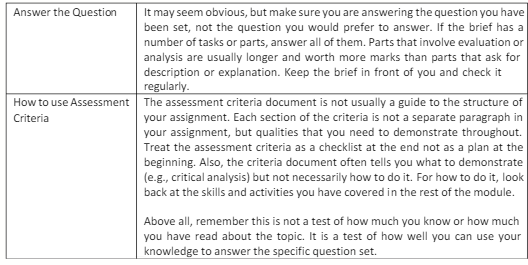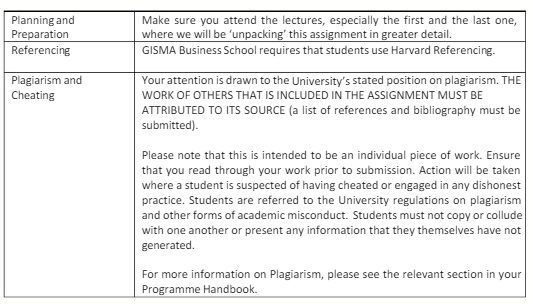M503 Part 2: Assessment Details
Assessment Topic:
You are tasked with building a new team. You will find all relevant information about this task in the addendum that forms an integral part of this assessment brief.
You will have to submit a written report.
Assessment Guidelines:
All points for you to cover are included in the addendum. If you feel points are missing or you would like to cover additional aspects worth mentioning in the context of the assessment, please be welcome.
Purpose:
Successfully managing virtual teams requires managers to understand what some of the challenges might be and having a good command of tools for managing people who they may only see or hear through digital media. Also, success depends on team composition and planification of communication, rules of conduct, and clear boundaries. These elements of successful virtual teams can and should be planned before works of the virtual team
commences.
Links to module intended learning outcomes
The assignment relates to the following intended learning outcomes for the module:
- Understand different team roles in volatile and complex virtual contexts
- Reflect on practical experience in virtual teams.
- Assess their own strengths and weaknesses in a team context as well as their individual development needs
- Explain and synthesize the principles of collaboration in virtual teams themselves
- Construct the factors leading to the emergence of a leader in a virtual team in different stages of virtual team development
Special Instructions:
Make sure you don’t miss the right entry point into the assessment. This is about you as the benchmark so to speak, in building a virtual team. I want to see how you approach the task. So don’t write “how managers should do this,” I want to see you planning the task. One of the key theories in this module is that each of us has leadership and design competencies and therefore each of us is suited to be a manager – if, and this is the crux, we know our competencies and select team members based on their complementary competencies to ours. Selecting team members based on similarity, that’s not what counts in team building.
Also, remember to never submit files in generic formats such as Word or Powerpoint. Always submit PDFs that can be checked for plagiarism through Turnitin
The use of generative Al technologies (such as ChatGPT) in your final assignments is not allowed unless the assessment guidelines explicitly clarify, under which terms, you are allowed to use these technologies. Any violation of this rule will result in an investigation of academic misconduct.
Additional Assessment Components:
GISMA University rewards in class participation, and engagement with asynchronous content, at a rate of 30% per module.
Students participating 80% (factoring on possible extenuating circumstances) of their synchronous classes as per their due mode of delivery, will gain 15% towards their final module mark.
Students successfully engaging with asynchronous material on the gamification/microlearning path and completing all summative assessments in the asynchronous environment, will equally gain 15% towards their final module mark.
The above also entail that, students falling below 80% of participation, although they will be still allowed to submit, they will have their final mark capped at 85/100. Equally, if they fail to engage with the asynchronous material and complete the short summative assessments included in specific checkpoints during each term (usually 4), their module mark, irrespective of their engagement and participation in synchronous delivery, will drop by a maximum rate of 15%.
Do You Need Assignment of M503 Individual Essay
Order Non Plagiarized Assignment
M503 Part 3: Marking Criteria/ Assessment Criteria

M503 Part 4: Tips for Successfully Engaging with this Assessment

